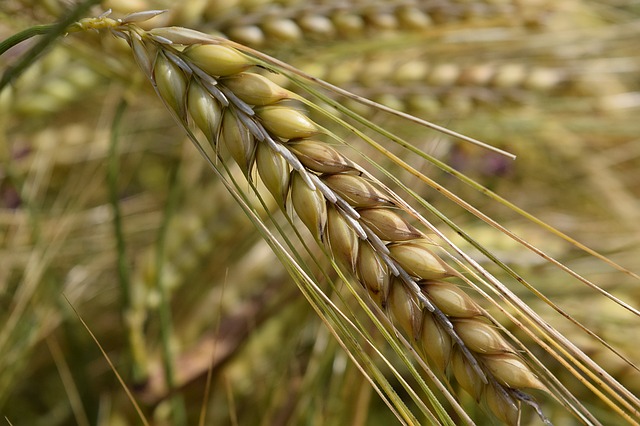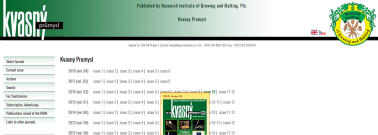Application of widely used fungicides does not necessarily affect grain yield, and incidence of Fusarium spp. and mycotoxins DON, HT-2 and T-2 in spring barley in northern climates
DOI:
https://doi.org/10.18832/kp2020.66.215Keywords:
spring cereal, pesticide, moulds, trichothecenesAbstract
Fungicides are widely used to reduce Fusarium infections and grain contamination by mycotoxins and increase the yield in cereals, but the efficacy of fungicide treatments in varying climates has not been systematically explored. Field experiments with Estonian spring barley (Hordeum vulgare L.) cv. ‘Maali’ were carried out in three successive years 2012–2014 with strongly varying weather conditions to study the effects of three fungicides, Folicur (active ingredient tebuconazole), Falcon Forte (prothioconazole, tebuconazole, spiroxamine) and Archer Top (fenpropidin, propiconazole), on the yield, incidence of Fusarium spp. and on the contamination of grain with mycotoxins DON, HT-2 and T-2. The fungicides were sprayed once a year at spring barley flowering time. The weather conditions during the three years of study were extremely different. The content of cycotoxin DON, HT2 and T2 was low. The spraying with fungicides had not a clear effect on the barley yield and 1 000 kernel weight, and the study year was primarily the main factor that affected barley yield (p<0.05) and 1 000 kernel weight (p<0.05). The impact of year together with fungicide treatment had a significant effect on the incidence of Fusarium spp. (p<0.05) and on the incidence of mycotoxin DON in barley kernels (p<0.001), but did not have a clear effect on the incidence of mycotoxins HT2 and T2.








